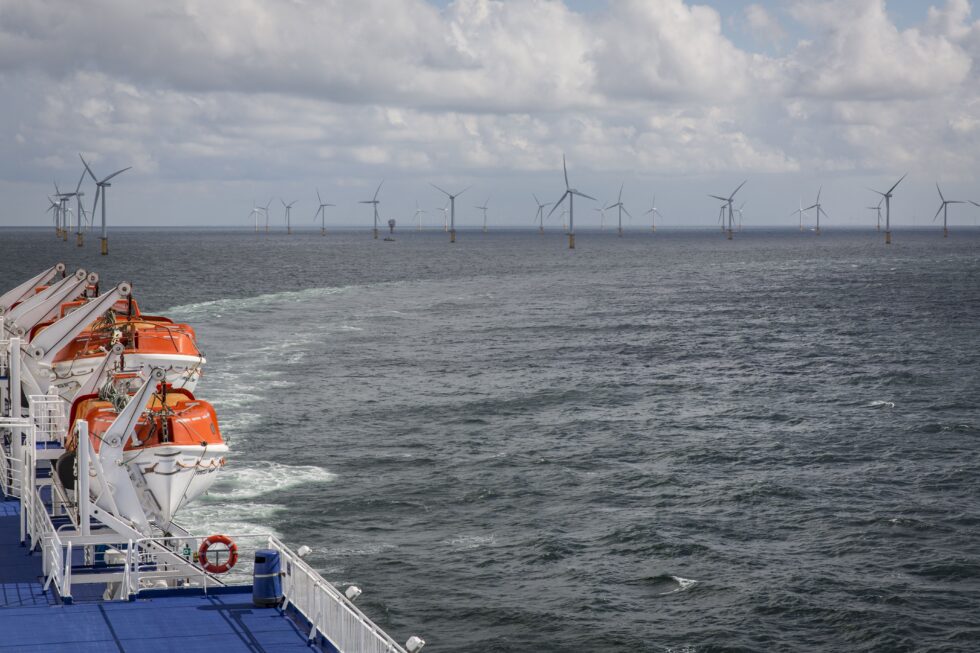
Intensified use North Sea
The Dutch Safety Board has launched an investigation into the increasing use of the North Sea. The construction of fixed objects, including wind farms, and the increase in shipping with ever larger ships mean that the North Sea is becoming fuller and busier. The Dutch Safety Board is investigating what risks the increasing use of the North Sea brings, what effect this may have on maritime safety in the area, and what lessons can be learned with regard to managing these risks.
The investigation was launched in response to the incident with the Maltese bulk carrier Julietta D during storm Corrie early 2022. While drifting towards the Dutch coast, the bulk carrier first collided with another ship and then with two structures of a wind farm under construction. The Maltese accident investigation body Maritime Safety Investigation Unit is also investigating this occurence, they will focus specifically on the collision.
